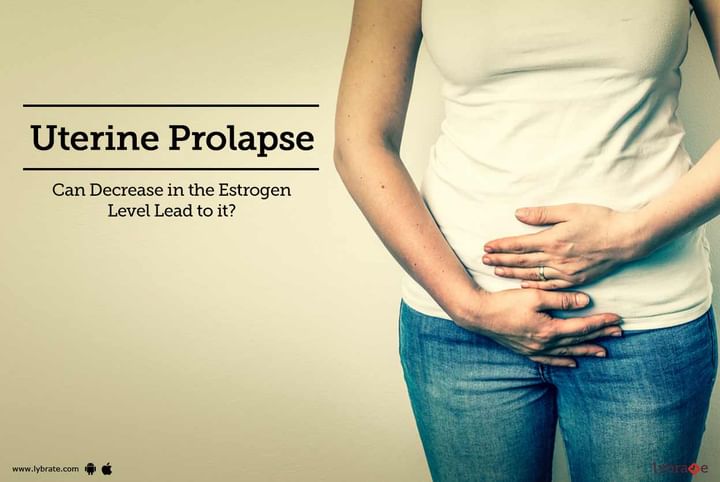Uterine Prolapse - Can Decrease in the Estrogen Level Lead to it?
The womb or the uterus is a muscular structure that is fixed in its place by the ligaments and the pelvic muscles. If these ligaments or muscles become weak or stretch, they no longer will be capable of holding the uterus, resulting in a prolapse. Uterine prolapse happens when the uterine slips or sags from its usual position into the birth canal or vagina. The main indications of uterine prolapse are recurrent bladder infections, constipation, a tug at the pelvic area, the cervix or uterus protruding out of the vagina, problems during sexual intercourse, increased discharge and vaginal bleeding.
What causes it?
1. Age is the most important reason for this condition to manifest itself.
2. A dip in the estrogen level as this hormone keeps the pelvic muscles strong.
3. Damage to the pelvic tissues and muscles due to pregnancy or during childbirth can also contribute to this condition.
4. A woman who has undergone multiple vaginal births is at an increased risk of this condition.
5. Any physical activity that exerts pressure on the pelvic muscles can also result in this disorder.
6. Chronic constipation and obesity, over time, can lead to this disorder.
How it can be treated?
1. Nonsurgical methods:
- Shedding the extra kilos helps reduce stress from the pelvic structures. This helps to avert this disorder.
- Avoid lifting heavy objects throughout the course of the treatment.
- Pelvic floor exercises or Kegel exercises help build up the vaginal muscles.
- Estrogen replacement therapy or Hormone Replacement Therapy can help relieve the symptoms of this disease.
- Wearing a pessary (an instrument that is placed into the vagina and fits under the cervix) helps to push up and stabilize the cervix and the uterus.
2. Surgical treatments:
- Uterine suspension- In this case, the surgeon inserts the uterus back into its former position by reattaching the pelvic ligaments by the use of surgical techniques.
- Hysterectomy- Here, the surgeon removes either the whole or just a part of the womb.
However, such procedures should not be opted by women who plan on getting pregnant. If you wish to discuss about any specific problem, you can consult a Gynaecologist.



+1.svg)
